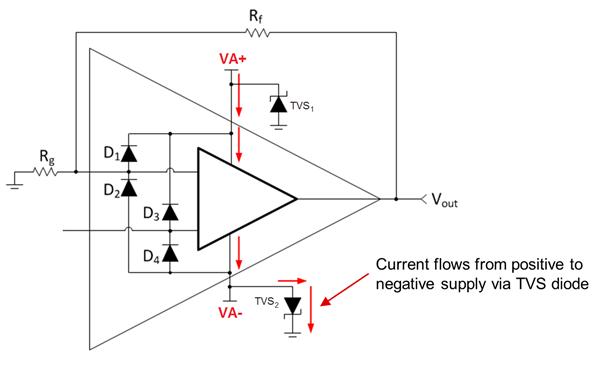Hello there,
We have a product with eight PGA2500 integrated in daisy chain communication topology.
During the last production batch of 50 products, 5 devices (out of the total of 400) spread over those 50 devices showed a communication problem breaking up the whole chain.
The effect is that SDO of the problematic device is steadily on either +5V or 0V and is fixed to that. When we exchange such a device by a fresh one everything works fine again.
Some of the 5 showed that defect after the first time the product being switched on for prduction test.
What concerns us more is that we have other products which worked fine during production test, where delivered to customers and broke down there.
We do not see them breaking down on the long run (24/7 operation) but have the feeling that it could happen during power-on or power-off.
Could a faulty ramping up of +-5V rails the reason?
What else could be the reason?
Thanks in advance for any comments.


